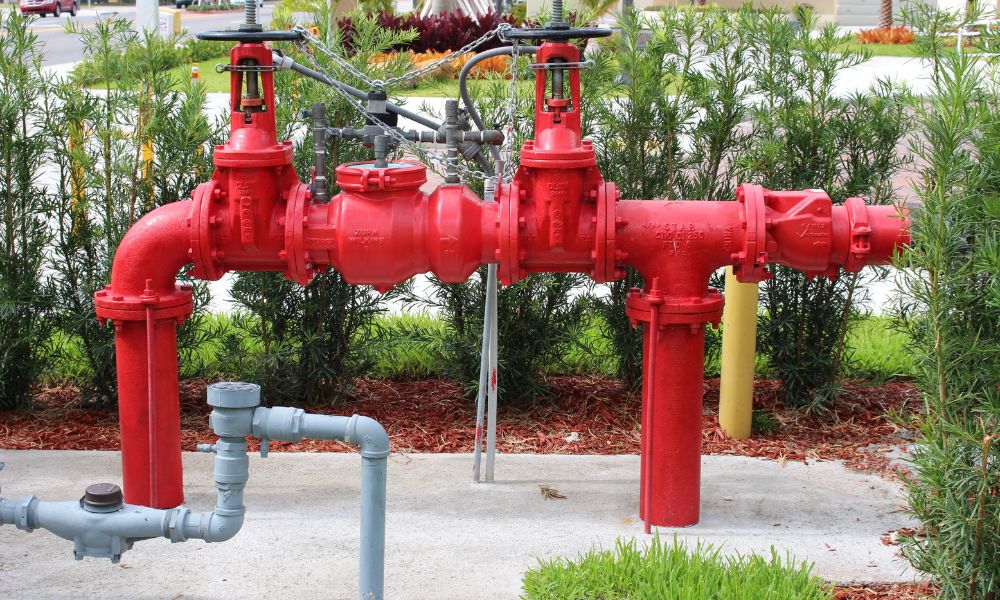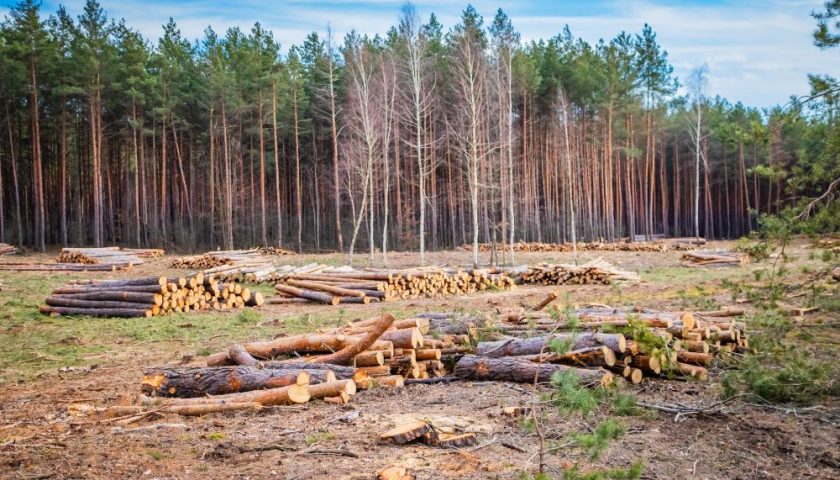In the realm of commercial property management, unexpected challenges often emerge, and one you may not have considered is backflow in your plumbing system. This seemingly minor issue, which involves a reversal of water flow, can have serious implications for the safety, hygiene, and functionality of your building. Understanding backflow, its causes, risks, and prevention methods is key to maintaining the smooth operation of your business and ensuring the health standards of your property.
Backflow Causes
To truly understand the causes of backflow, you must first know the two main types of backflow conditions: backpressure and backsiphonage. Backpressure happens when the pressure in a non-potable system, such as a heating system or a fire sprinkler system, is greater than the pressure in the potable water system. This imbalance pushes water backward through the system, causing contamination.
On the other hand, backsiphonage occurs when there is a sudden reduction in water pressure in the supply system (water main break, a fire hydrant is opened, etc.). This pressure drop creates a vacuum effect, pulling water from a non-potable source into the potable water supply. Both situations pose serious health risks for surrounding communities and environments if not addressed promptly and properly.
Backflow Risks
When backflow occurs, contaminants enter your potable water system, creating many potential health hazards. These contaminants include bacteria, human and animal waste, chemicals, viruses, waterborne illnesses, and pathogens. If ingested, individuals are likely to experience gastrointestinal illnesses, skin problems, and in extreme cases, life-threatening conditions.
In addition to health risks, backflow also leads to costly property damage. For example, if backflow preventers for residential use cause contaminated water to flow into appliances like dishwashers, washing machines, or water heaters, it may damage these appliances and necessitate expensive repairs or replacements. Moreover, if the contamination is widespread, it could affect the entire plumbing system, requiring extensive cleanup and remediation work. This is why it’s essential to have backflow prevention devices installed and regularly maintained to protect against these potential risks.
Backflow Prevention Methods
There aren’t many different backflow prevention techniques available to businesses and building managers, and for good reason—backflow preventers are simply too effective at stopping backflow conditions. These devices, such as reduced pressure zone assemblies, double-check valves, and vacuum breakers, are designed to block water from flowing in the wrong direction.
Regular testing and maintenance of these devices by a certified professional is critical to ensure they function properly. In addition to installing these devices, you should also have a backflow prevention program in place. This includes regular inspections of your plumbing system, timely repairs, and employee training on identifying and responding to potential backflow issues. By taking these steps, you can significantly reduce the risks associated with backflow and protect the health and safety of those using your building.
Understanding the basics of backflow, including the causes, risks, and practical prevention methods, ensures that you and your building are guarded against dangerous plumbing conditions. Remember that backflow prevention protects not just your property but your surrounding community as a whole.





